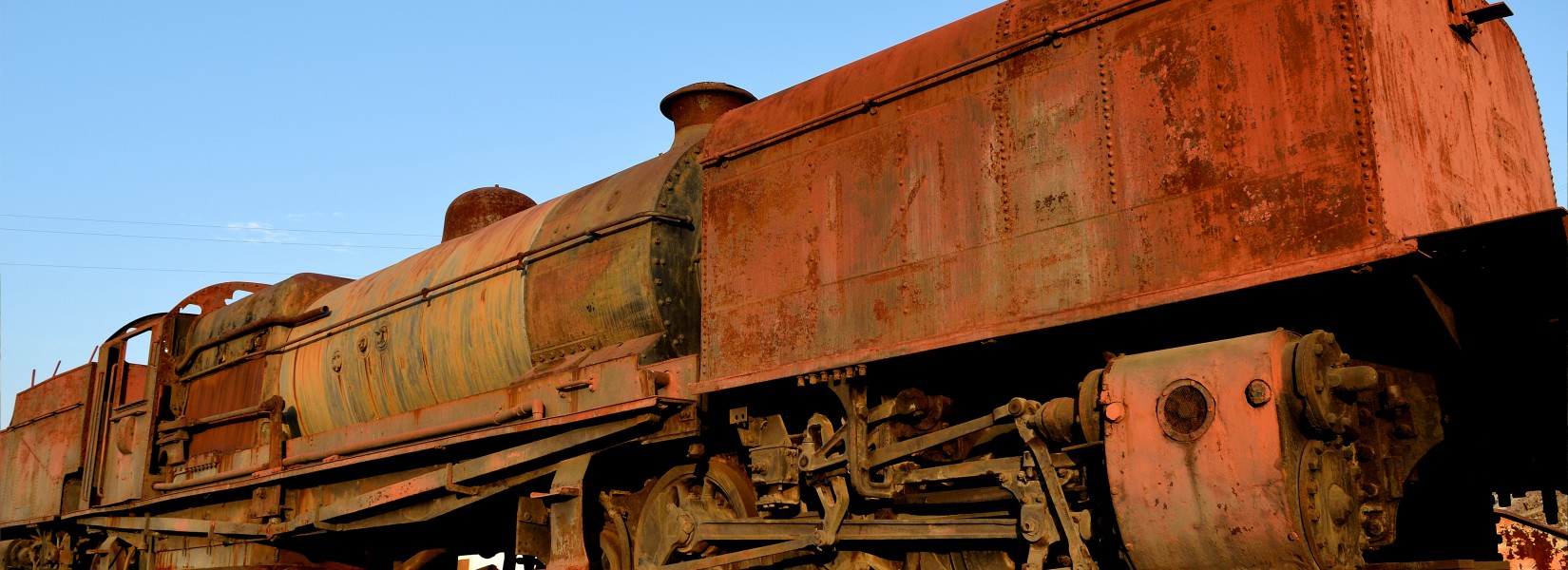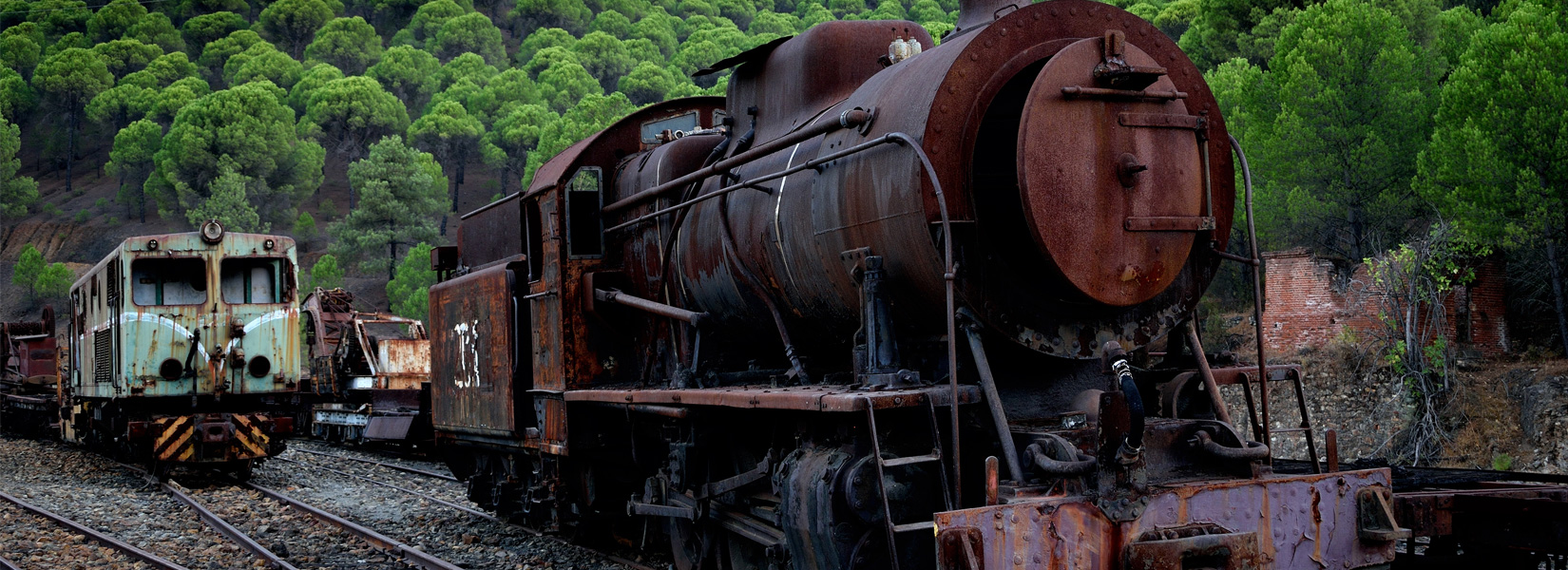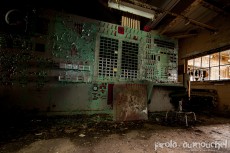This domain’s history is rooted in the nineteenth century, back when industrialists in Canada are mostly English or Scottish men. At that time, French-Canadian people, who form the majority of the population, do not participate in the economic...
The old Minas de Riotinto locomotives
Martian landscape in the heart of Spain
We are talking about over 5000 years of mining history in this area. The landscape has been changed forever, and it looks at some places like a alien planet where red, yellow, purple mingle with green, gray and ocher.
The ten abandoned trains account that the site today are only a small part of this industrial landscape that has been suddenly stopped in 1974. At its peak, there was more than 150 trains who were traversing the long and winding road which stretched over 84 km. Each train had between 20 and 50 cars full of pyrite.
The mine located in the town of Minas de Riotinto, as we know it today, began operating in 1875 and stopped almost 100 years later. Today, if the plant is closed, a museum exists on the site.
Related content
Once upon a time, a small piece of land bordering Autoroute 15 in Piedmont came to life every summer as a place of amusement. The Cascades d'Eau Piedmont, home of the Laurentian's iconic giant faucet, was Quebec's oldest water park when it ceased...
The use of asbestos by man does not date from yesterday. Already, more than 2000 years ago, the Greeks used in making funeral clothes. Its name comes from its property to withstand fire: άσβεστος (asbestos, meaning "indestructible").
Its...
Used as a snow dump, the site of the former Francon quarry (now known as the Saint-Michel quarry) looks like a huge crater of greenery in the heart of Montreal. This area covers approximately 20% (17% to be exact) of the district of Saint-Michel...























